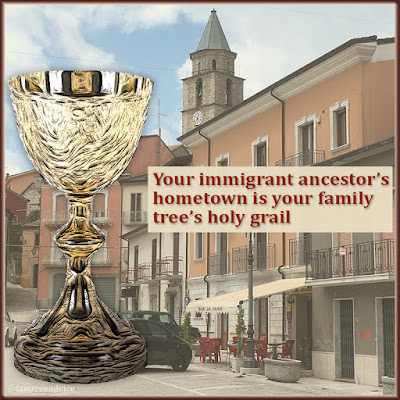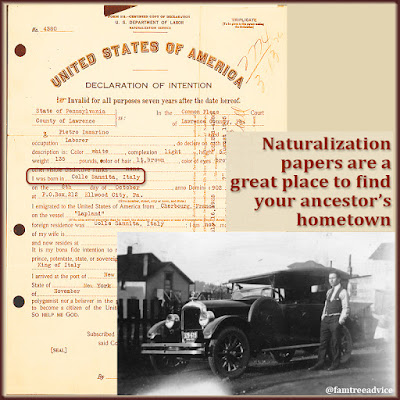No. I still haven't figured out my parents' DNA connection. It's a journey, and along the way, I keep finding tools and methods to help make sense of DNA matches.
After giving up on DNA triangulation, I wanted an easier way to understand my DNA matches.
Here's what I did, and it's really helpful. I looked at my Ancestry DNA matches to find the closest relative I haven't yet identified. Let's call her TK. TK and I share 125 centiMorgans (cMs) across 12 segments. Ancestry DNA says we may be in the general range of 2nd cousins once removed.
I clicked on TK's name in my DNA match list. Then I clicked to see our shared matches. It's a fairly long list, and since the 1st shared match is my father, I know TK is on his side of the family.
I opened a blank spreadsheet. In column A, I put the names of our top shared DNA matches. (I included TK in the list.) In column B, I added the amount of centiMorgans (cMs) I share with each person.
It turns out I know who almost all our top shared DNA matches are. A bunch of them have the same last name, and our connection is my father's 1st cousin.
So, in column C, I entered my relationship to each person. The majority are descendants of my great grandfather Pasquale. Some are a bit more distant. They're descendants of Pasquale's sister, so we share my 2nd great grandparents.
 |
| Arranging our shared DNA matches in order added context to this unknown match. |
The results were unmistakable:
- The closest relative, my dad's 1st cousin JM, shares 441 cMs with me.
- Her children, my 2nd cousins JM and DM, share an average of 230 cMs with me.
- Their children, my 2nd cousins once removed MM and TM, share an average of 124 cMs with me.
- 3 matches are my 3rd cousins LH, MW and JP, sharing a pair of 2nd great grandparents with me. One of them shares 153 cMs with me, but the other 2 share an average of 78 cMs with me.
You can see a pretty strong correlation between the cMs and the relationship.
I ended my list with a recently discovered DNA match, GP. We share only 40 cMs, but we have an unusual relationship. Each of her parents is my 6th cousin. I needed her in this set as a reference point.
In my list of 12 DNA matches, there are only 3 with an unknown relationship. Two of those are in my tree, but our relationship is very convoluted. Our blood connection is still missing.
I highlighted each of the 3 unidentified DNA matches, including TK, and saw a definite pattern. TK should be my 2nd cousin once removed through my great grandfather Pasquale. Her number (125) fits right between my known 2nd cousins once removed.
But that isn't our connection. Pasquale had 3 children, and I know the names of their children and grandchildren. None of the girls have a name starting with T.
But TK's 125 cMs also fall in line with my 3rd cousins. They're the ones descended from Pasquale's sister.
I happen to know one such cousin with the right first name, but she spells it differently. I've reached out to her and hope she can help me unravel TK. The good news is, she already knows me, and we're planning to have a conversation later.
My next DNA match with an unidentified connection, MM, fits right between 2 of my 3rd cousins. As I said, she's in my tree, but there are a lot of empty branches hiding our true DNA connection. I know my great grandfather had another sister, but I don't know who she married. Could MM be her great granddaughter?
My last unidentified DNA match from this set, SZ, has almost the same amount of shared cMs as my 6th cousin once removed. She and I probably have a more distant relationship. I know she was born before my parents, so I expect us to have a once or twice removed relationship. The big deal about SZ is that she's a match to my mom, too!
Now I have a spreadsheet that gives me a much better idea of my relationship to these 3 DNA matches. Seeing the relationships in order of shared cMs adds context. It makes the possible relationships much clearer.
What if we list even more of our closest DNA matches this way? How many others can we figure out when we give them some context?









